Anti-reflective coatings are among the most critical technologies in modern optics. They minimize unwanted surface reflections and boost optical transmission efficiency across many uses. These thin-film structures use fundamental principles of optical interference to reduce Fresnel reflections that form at material interfaces. The tech has evolved from simple single-layer designs to complex multilayer structures—now capable of near-perfect transmission over broad spectral ranges.
Anti-reflective coatings work mainly through destructive interference between light waves reflected from different optical interfaces. When light hits a coated optical surface, it reflects partially at both the air-coating and coating-substrate interfaces. By controlling coating thickness and refractive index carefully, these reflected waves interfere destructively—canceling each other out and cutting down overall reflection.
Fresnel's equations form the mathematical basis for this. They describe how light reflects and transmits at dielectric interfaces. For best performance on normal incidence, coating thickness is usually an quarter-wavelength of the design light. Refractive index should be close to the geometric mean of the surrounding materials.
You need to tell true anti-reflective coatings apart from anti-glare surfaces—they work through completely different physical ways. Anti-glare surfaces reduce reflections by scattering light from tiny rough spots. So they work for some displays but not for precise optical systems. This difference matters a lot for lasers—surface quality and scatter affect how well the system works.
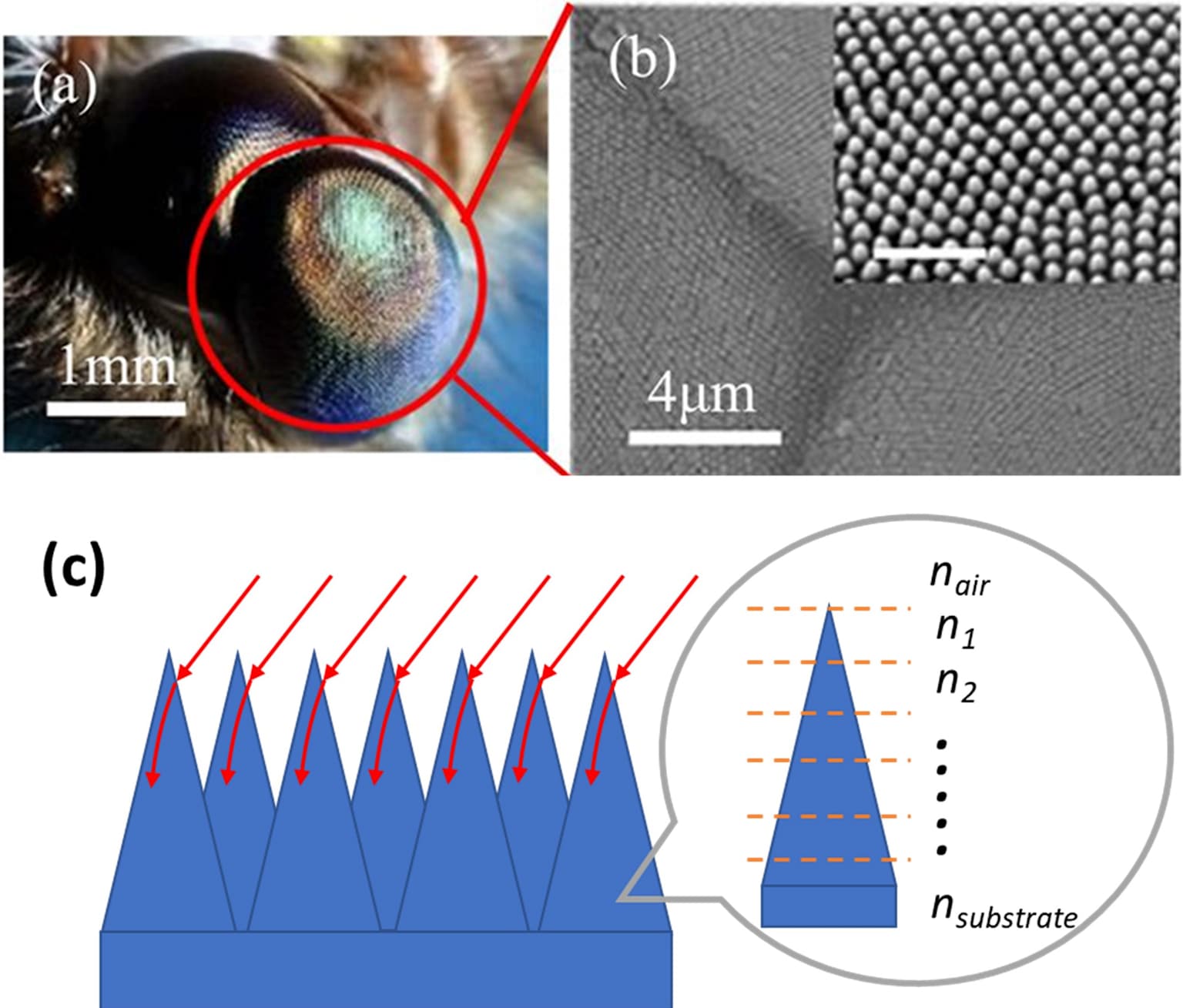
Single-layer anti-reflective coatings are the simplest way to use interference to reduce reflections. They usually use an quarter-wave thickness design—physical thickness is a quarter of the design wavelength divided by the coating's refractive index. The best refractive index for these coatings is the square root of the substrate and ambient material indices multiplied together.
Common optical glass has a refractive index of about 1.52. So the ideal coating index on air interfaces is about 1.22. But it's hard to find materials with exactly the right refractive index—especially for low-index materials like plastic.
Single-layer coatings have built-in limits that make them less useful for tough optical systems. The biggest limit is their narrow spectral range—they work best only at the design wavelength. They also work worse as the light hits at a steeper angle. So they're not good for wide-field systems.
When single-layer coatings aren't enough, multilayer coatings work much better. They use layers of high and low refractive index materials alternating to get better anti-reflective performance over wider spectral ranges. Designers use numerical optimization to figure out the best layer thicknesses and materials.
Multilayer designs always trade off between leftover reflection and how wide their spectral range is. Narrow-band designs like V-coatings can get very low reflection (<0.1%) but only over about 10 nanometers. Broadband coatings work okay over wider ranges—so they're good for things that need to work across the whole visible light range.
Making high-performance multilayer coatings needs very precise control of layer thickness and material makeup. Advanced designs usually include ways to handle errors—so they still work even if there are small mistakes in manufacturing. Ion beam sputtering is now the best way to deposit coatings for tough applications because it makes better layers and controls thickness well.
Gradient refractive index coatings are a smart way to get broadband anti-reflective performance by changing material composition gradually. They make a smooth change in refractive index from the substrate to the surrounding material—so there's less reflection at the interface. The best gradient profile changes exponentially over several wavelengths.
It's hard to make gradient index coatings in real life—especially on air interfaces. Solid materials and air have very different indices, so it's hard to make a smooth change. Advanced solutions use subwavelength nanostructured surfaces—they mimic continuous index changes by changing how much material is there.
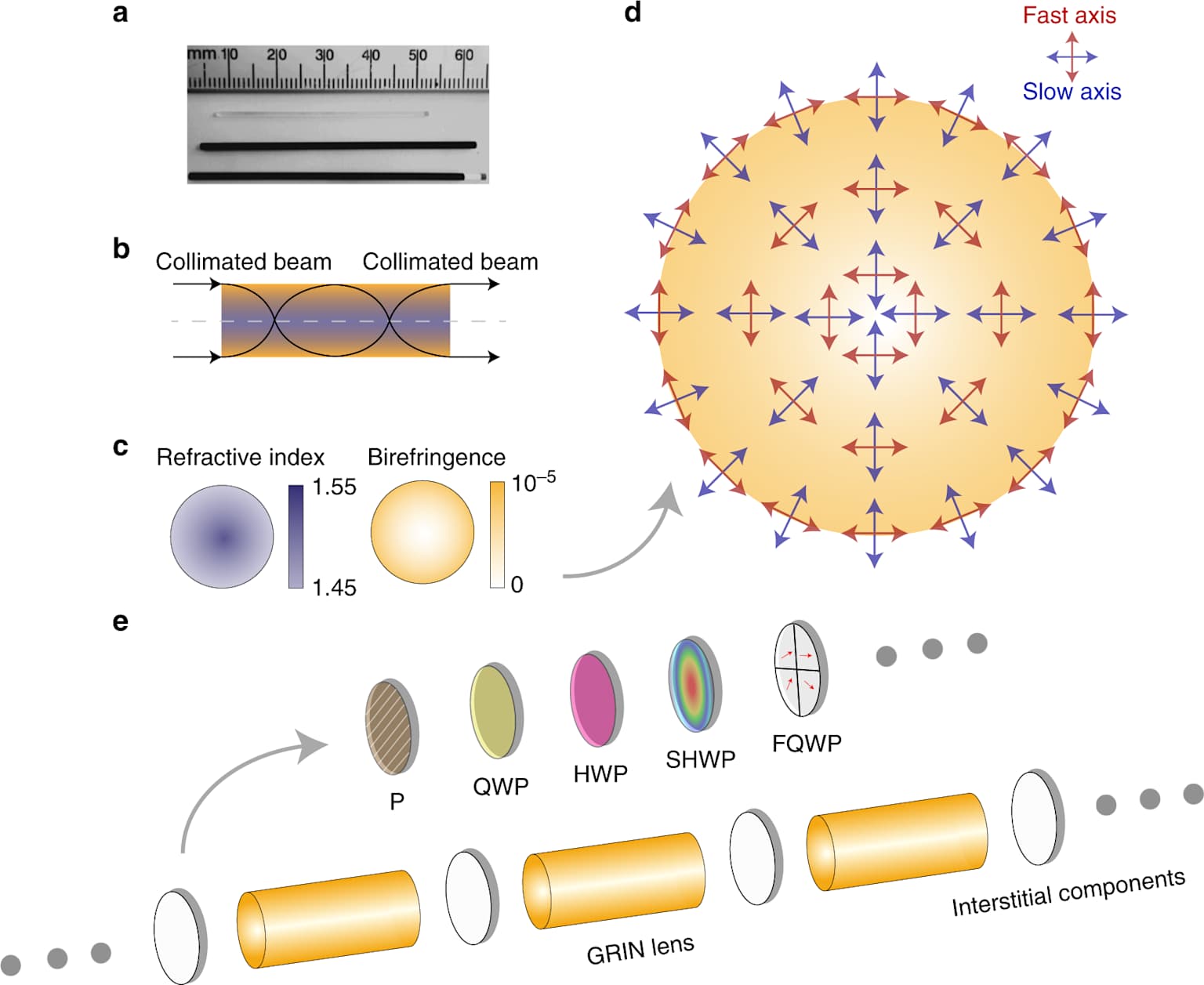
New metamaterial technologies have made new anti-reflective ways possible—using very thin absorbing layers. These unusual coatings use layers only tens of nanometers thick—they shift the phase of light and absorb it. They can get amazing anti-reflective performance by combining absorption and subwavelength structures.
Modern anti-reflective coatings are made using different physical and chemical methods—each with its own pros and cons. Electron beam evaporation is cheap but the layers aren't very dense and can't handle much damage. Magnetron sputtering makes better coatings and is more stable—so it's good for big areas.
Ion beam sputtering is the best for tough applications. It makes very dense, uniform layers that can handle a lot of damage. It lets you control the coating's composition and structure very precisely—so the layers are almost as dense as the bulk material and last longer in harsh environments.
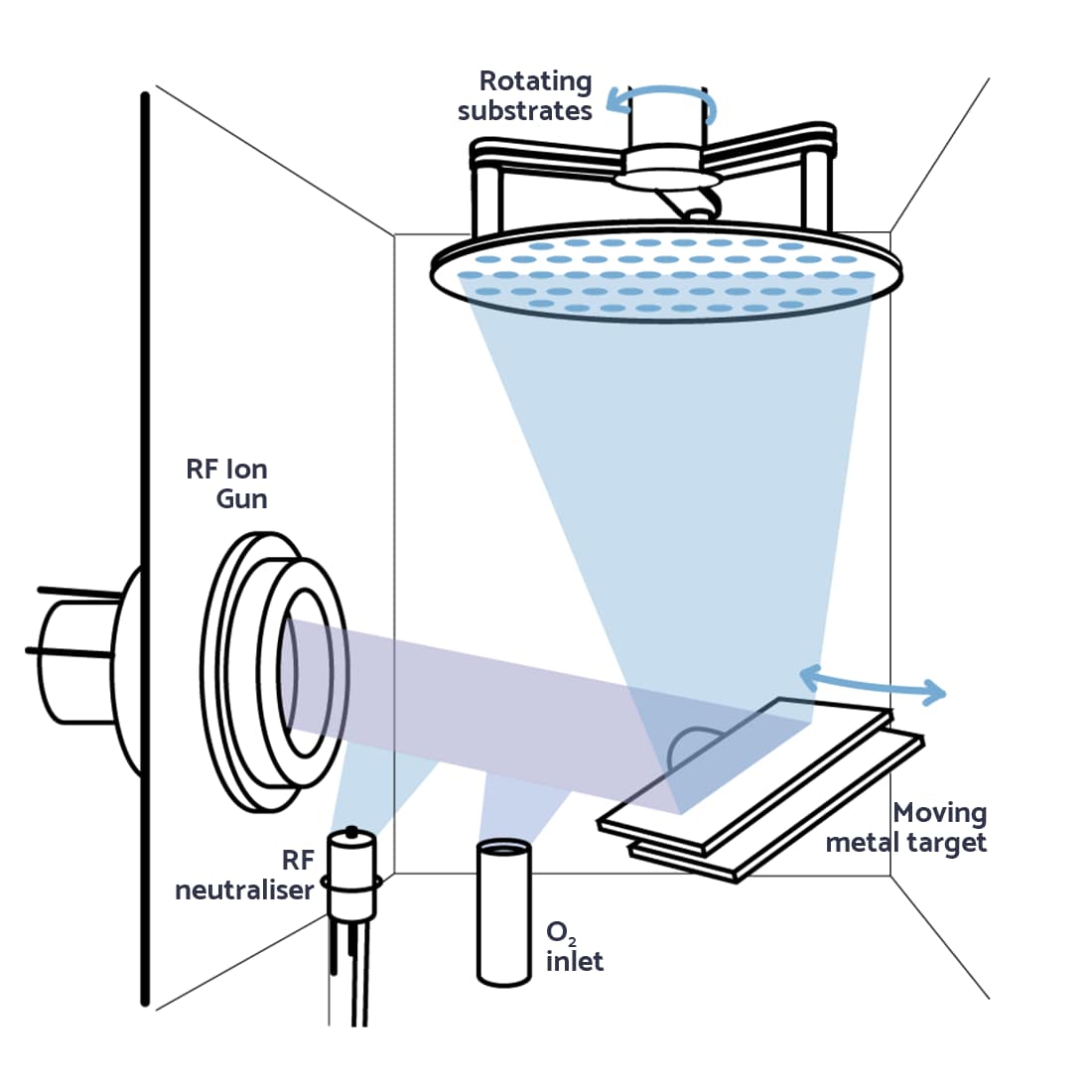
Laser damage threshold is a key performance factor for anti-reflective coatings in high-power optical systems. Damage threshold depends a lot on how you deposit the coating, what materials you use, and how the layers are structured. Ion beam sputtered coatings usually have damage thresholds over 10-15 J/cm² at 1064 nm—way higher than regular evaporated coatings.
Advanced surface texturing can make damage thresholds even higher—over 30 J/cm² for some uses. They make effective index gradients using subwavelength structures and keep the bulk material's natural ability to handle damage.
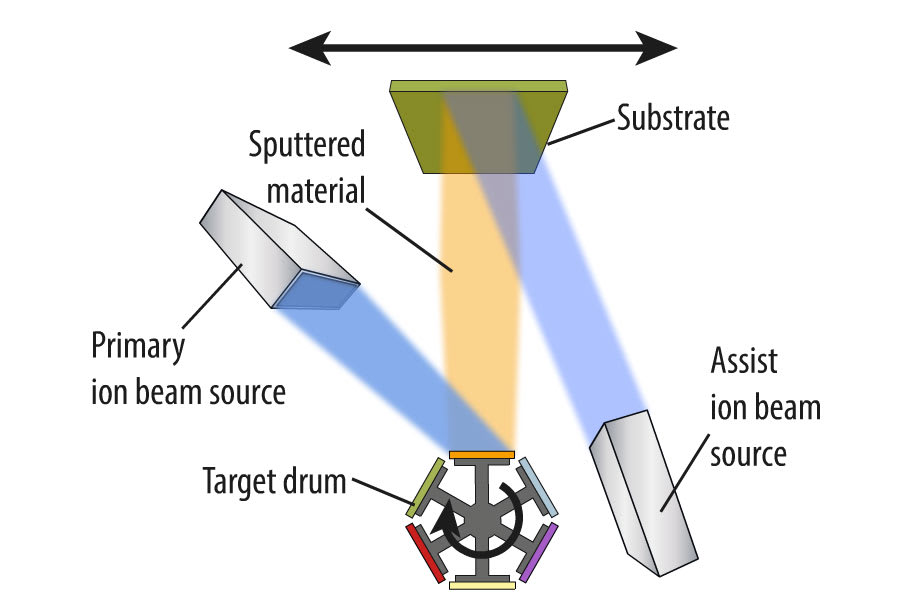
Anti-reflective coatings are used in many industries—each with its own performance needs and limits. Consumer optics like eyeglasses and camera lenses need to look good, last long, and work over a wide spectral range. Scientific tools need very low loss and high damage threshold for precise measurements.
Solar energy needs coatings that let as much solar light through as possible—and are durable and self-cleaning. Displays need anti-glare and stable viewing angles to make users happy.
Laser systems are the toughest on anti-reflective coatings—especially for damage threshold and durability. Q-switched and ultrafast lasers need coatings that can handle extreme peak power and keep working consistently. Coating design needs to consider both the substrate and coating materials to make the whole system's damage threshold as high as possible.
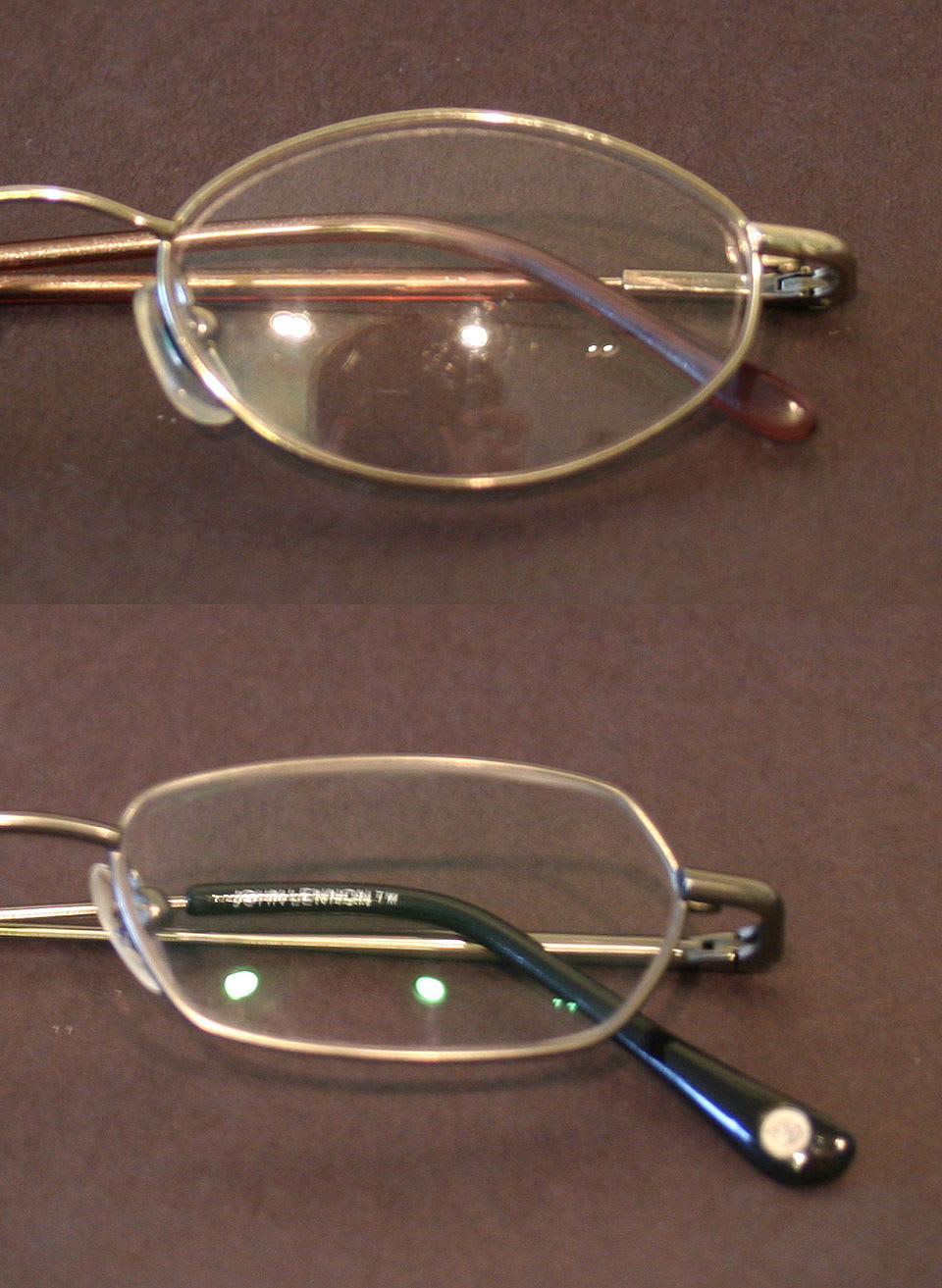
New metamaterial and nanostructured surface technologies will make anti-reflective coatings even better. Bio-inspired designs—like those from moth eyes and other animals—could give us never-before-seen broadband performance. They combine traditional interference coatings with new structuring methods to make surfaces with amazing optical properties.
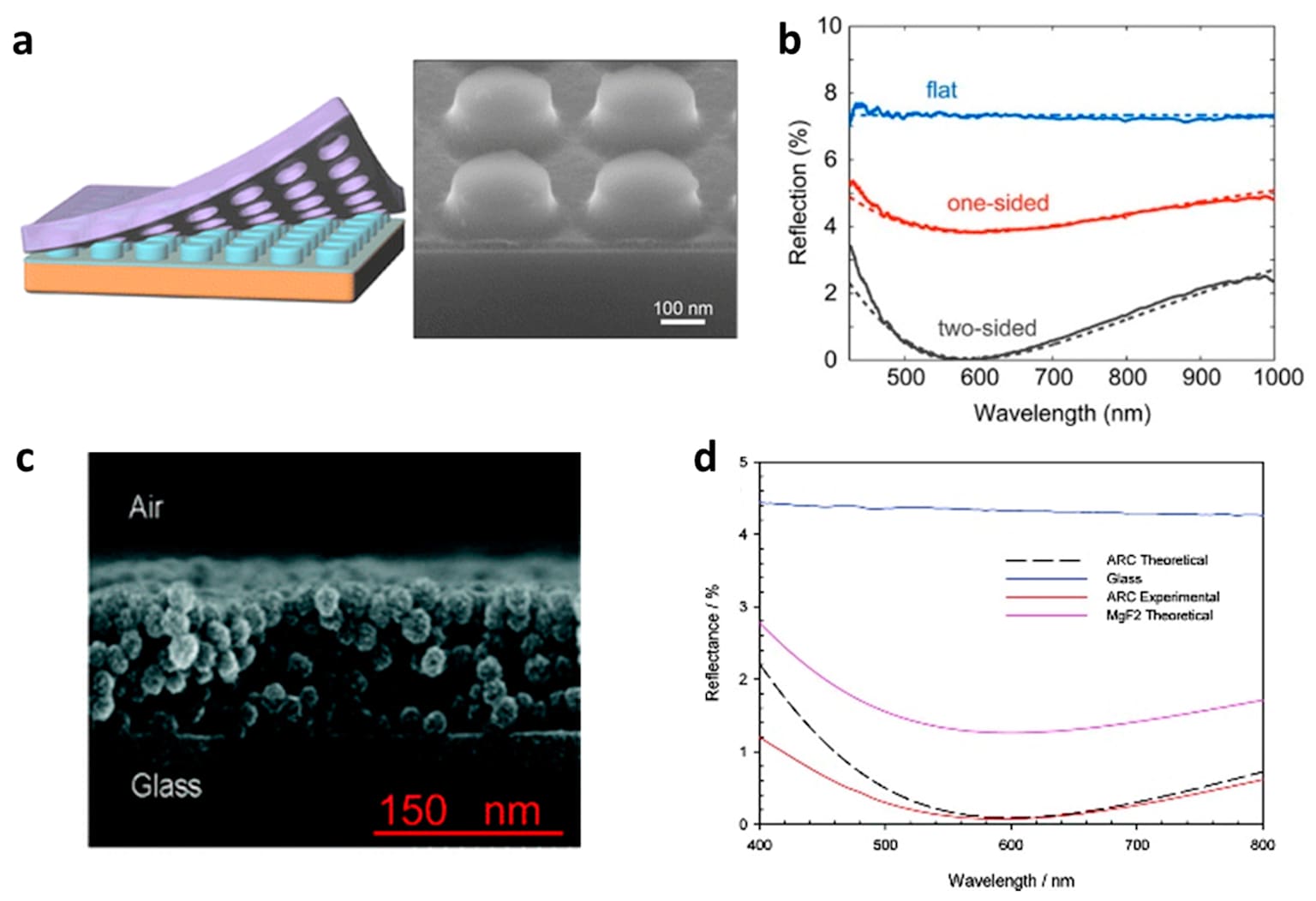
Anti-reflective coating technology has come a long way—from simple quarter-wave designs to complex multilayer and nanostructured systems that can almost perfectly transmit light. Choosing the right coating depends on what you need it for—like spectral range, damage threshold, environment, and cost.
Advanced manufacturing methods—especially ion beam sputtering—let us make coatings with never-before-seen performance for the toughest uses. Future metamaterial and bio-inspired designs will make coatings even better. As optical systems need better performance and wider ranges, anti-reflective coatings will still be key to making systems work well and reliably.
Contact: Jason
Phone: +8613337332946
E-mail: [email protected]
Add: Hangzhou City, Zhejiang Province, China